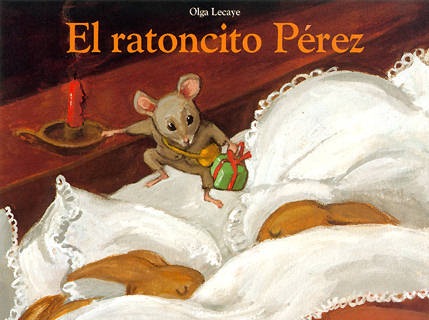I work alongside 12 wonderful associate language teachers.You can find out more about these teachers here Associate primary language teachers and assistants.
Each half term we hold a CPD twilight and get together to discuss where we are all up to with our primary language teaching and learning.
The notes below may be of use to others but are really intended as a aide memoire to ourselves as a team and the discussions we held yesterday evening at CPD
Some of us have worked together now for over seven years.We worked previously as a team for Warrington LEA .Since 2011 the team has grown from 6 to 7 to now 12 associates,providing a variety of weekly language learning services in 37 schools.The associates have patiently worked alongside me, have contributed to and helped me to build our teaching and learning materials for KS1 and KS2.
What is now very apparent is the insight and knowledge of effective practice and dare I say it "deeper learning" that the team is gaining.
Yesterday evening at our associate CPD twilight this was very evident.In the room we had amongst us the following experience: five ex- secondary teachers, one HOD,two A'Level teachers,one languages consultant ,one leading teacher,4 primary QTS language specialists, 4 native speakers of French and Spanish,one HLTA ....
Normally we meet and discuss what comes next and what we will be using.As per usual we did look at lessons, resources and new ideas yesterday,but we are now quite clearly sharing as a team activities and strategies to encourage "deeper learning".
During the CPD session we began to informally discuss:
Each half term we hold a CPD twilight and get together to discuss where we are all up to with our primary language teaching and learning.
What is now very apparent is the insight and knowledge of effective practice and dare I say it "deeper learning" that the team is gaining.
Yesterday evening at our associate CPD twilight this was very evident.In the room we had amongst us the following experience: five ex- secondary teachers, one HOD,two A'Level teachers,one languages consultant ,one leading teacher,4 primary QTS language specialists, 4 native speakers of French and Spanish,one HLTA ....
Normally we meet and discuss what comes next and what we will be using.As per usual we did look at lessons, resources and new ideas yesterday,but we are now quite clearly sharing as a team activities and strategies to encourage "deeper learning".
During the CPD session we began to informally discuss:
- The need to make the teaching and learning of sound -spelling explicit,be it a 5 minute focus or a whole lesson learning objective.the necessity is that the children take over the investigation and learning.the need to plan for this and keep on revisiting and building on this
- The need to help children to have ownership of language learning tools to the learner(such as bilingual dictionaries)
- The need to look at written text and allow the children time to explore, so that they grow in language learning confidence
- The need to unpack language learning stage by stage so it isn't just a string of sounds, a song , a game and then that's the end of the lesson!
- The need to make progress and to encourage children to see how they can move from word, to sentence, to complex sentences to text level
- The need to track the progress the children make and the need to communicate this to the children and the class teachers
- The need to unpack grammar in a primary friendly way and to create puzzles and problem solving activities to enable the children to understand and manipulate the language and its structure.
- The need as the children grow older to make them more aware of important technical language so that they aren't frightened by this.
- The need to make links between languages to prepare children for the changes at secondary level and maybe the change in language.
- The need to allow the children to be creative in their learning and to celebrate this creativity from the manipulation of text, to original thinking or sharing ideas about language function/meaning or a performance with singing and dancing!
The CPD should last an hour but it started at 4 pm and at 5.45pm we were still sharing and discussing.What we all seemed to be acknowledging was the need to make our practise effective.We want the children to see the point and purpose of learning languages and to make progress in one language and be proud of this- ready for the next language or becoming a linguist!















